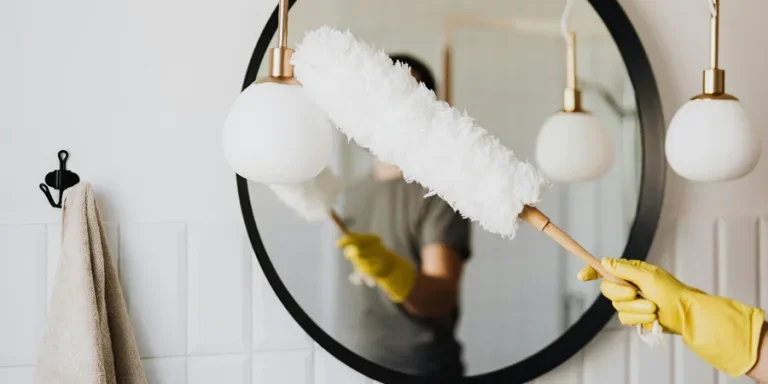Table of Contents
● Introduction
● Market overview
● Different types and their features
● Things to consider when selecting products
● Conclusion
Introduction
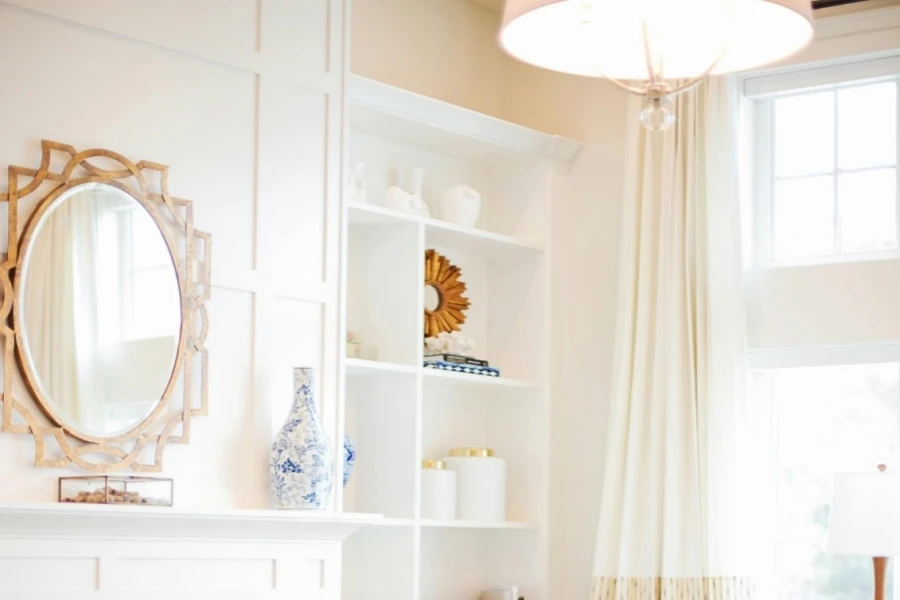
Decor mirrors are pivotal in modern interior design, seamlessly blending aesthetic allure with practical functionality. These versatile pieces not only enhance natural light but also create an illusion of more space, making rooms appear larger and more inviting. With their ability to add a touch of elegance, decor mirrors are a favored choice among homeowners and professional designers. The market for decor mirrors is thriving, driven by innovative designs and increasing consumer interest in home improvement. As trends evolve, decor mirrors continue to play a crucial role in transforming living spaces with style and sophistication.
Market overview
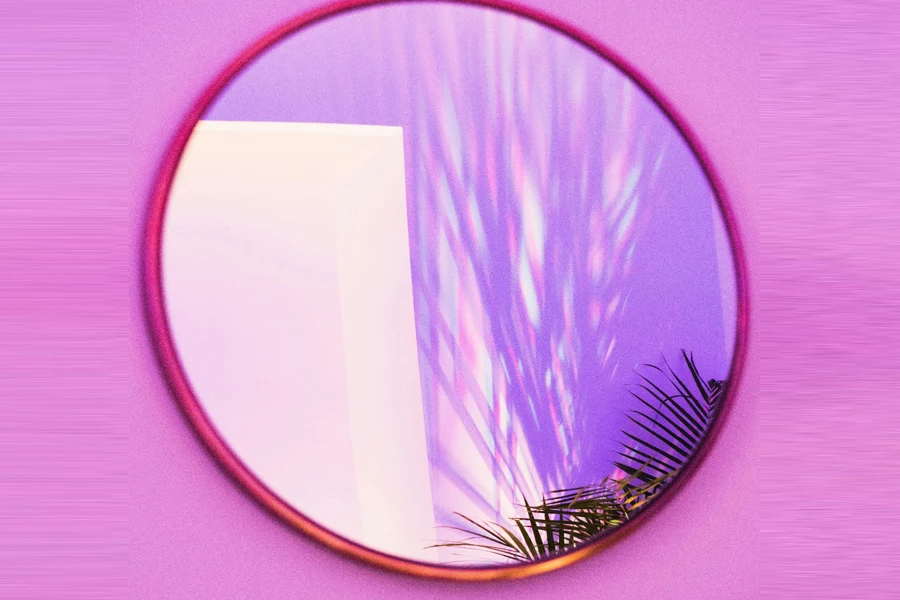
Market scale and growth
The global wall decor market, including decor mirrors, was valued at USD 32.68 billion in 2023 and is projected to grow at a CAGR of 4.7% from 2024 to 2032, reaching USD 51.65 billion. This robust growth is driven by increasing home improvement activities and the expansion of the construction industry. As homeowners continue to invest in enhancing their living spaces, the demand for stylish and functional decor mirrors is expected to rise significantly.
Regional insights
North America, particularly the U.S., dominates the market due to high disposable incomes and a strong emphasis on home decor. According to Global Market Insights, the U.S. is likely to continue its dominance with a projected CAGR of 5.1% during the forecast period. Significant growth is also expected in the Asia-Pacific region, with China and India emerging as key markets. Rapid urbanization, population growth, and rising incomes in these countries are contributing to increased demand for decor mirrors and other wall decor items.
Market changes and trends
The market is witnessing a shift towards eco-friendly materials, customizable designs, and the integration of smart technology in mirrors. Consumers are increasingly seeking sustainable options, driving manufacturers to innovate with environmentally friendly materials. Customizable decor mirrors that allow for personalization are also gaining popularity, reflecting a broader trend towards individualized home decor. Additionally, the integration of smart features, such as LED lighting and digital displays, is enhancing the functionality and appeal of decor mirrors, aligning with the growing importance of technology in home design.
Different types and their features
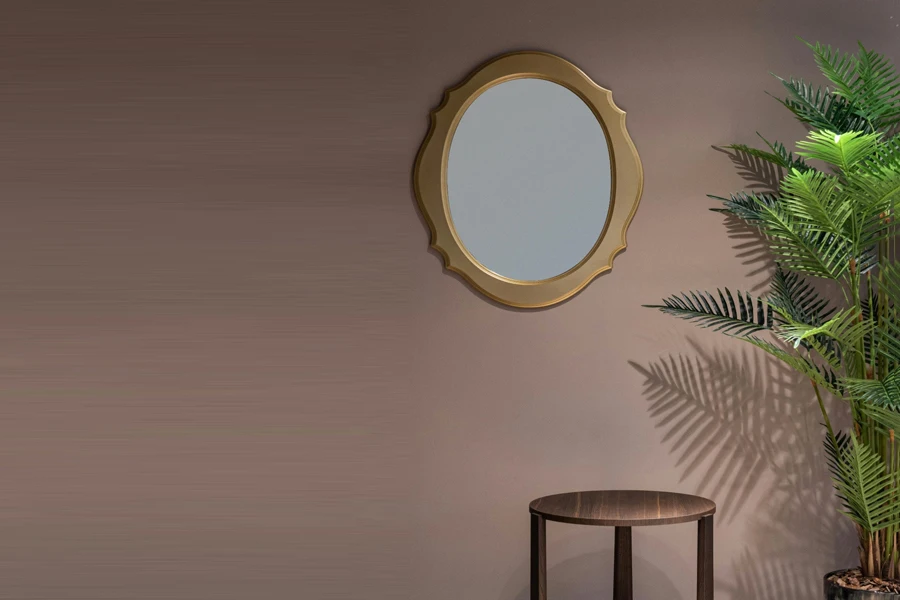
Plane mirrors
Plane mirrors are flat and rectangular, offering a true reflection without distortion. They are commonly used in spaces like bathrooms and bedrooms due to their ability to provide accurate reflections, which is essential for daily grooming. The glass used in plane mirrors is typically 1/4 inch thick, with a silver nitrate coating to ensure high reflectivity and durability.
Convex mirrors
Convex mirrors curve outward, providing a wider field of view and making them ideal for security and safety applications. These mirrors are often used in hallways or small rooms to create a sense of depth and openness. The curvature radius of convex mirrors can vary, typically between 1000 to 2000 millimeters, affecting the degree of the wide-angle view.
Concave mirrors
Concave mirrors curve inward, focusing light and creating magnified reflections. They are particularly useful in makeup applications where precision is needed. These mirrors are designed with a focal length that determines the magnification level, often ranging from 50mm to 200mm, providing clear, close-up views essential for detailed tasks.
Two-way mirrors
Two-way mirrors have a semi-transparent coating allowing one side to reflect like a mirror while the other side acts like a window. They are frequently used in security settings for discreet observation. The reflective coating, usually made of thin aluminum or tin, is applied to the glass at a thickness of around 50 nanometers, balancing visibility and reflectivity.
Antifog mirrors
Antifog mirrors are equipped with a heated element or antifog coating that prevents condensation. These mirrors are ideal for use in bathrooms where steam can obstruct visibility. The heating element, typically a thin, low-wattage electric film, is integrated into the mirror’s backing and consumes about 15 to 25 watts, ensuring a clear reflection even in high-humidity environments.
Polycarbonate mirrors
Polycarbonate mirrors are impact-resistant and lightweight alternatives to glass mirrors, suitable for high-traffic areas. These mirrors are made from polycarbonate sheets, which are 250 times stronger than glass, providing excellent durability. They are also coated with a scratch-resistant layer to maintain clarity and longevity in demanding environments.
ADA mirrors
ADA mirrors are designed to be accessible for individuals with disabilities, featuring lower mounting heights and often a tilt function. These mirrors comply with the Americans with Disabilities Act (ADA) standards, which specify that mirrors should be mounted no higher than 40 inches above the floor to ensure usability by everyone, including those in wheelchairs.
Vanity and makeup mirrors
Vanity and makeup mirrors come with features like LED lighting and magnification to enhance visibility for cosmetic applications. These mirrors typically include LED lights with color temperatures ranging from 3000K to 6000K, mimicking natural daylight. The magnification levels can vary from 3x to 10x, providing detailed views essential for precision in makeup application. Things to Consider When Selecting Products
Things to consider when selecting products
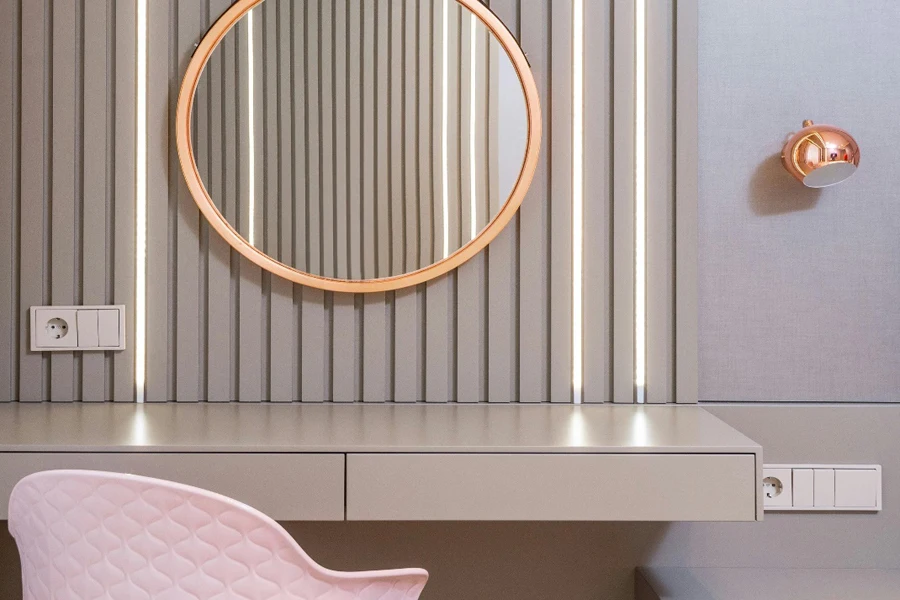
Purpose and functionality
Determining the primary use of the mirror is essential for selecting the right type. For practical tasks like grooming, a plane mirror with a high silver content coating (at least 92% purity) provides clear and accurate reflections. Convex mirrors, with a curvature radius typically between 1000 to 2000 millimeters, are ideal for security applications due to their wide-angle view. Understanding the technical specifications of each mirror type ensures that it meets the specific functional requirements of the space.
Size and placement
The size and placement of a mirror significantly affect its impact on a room. For instance, a large mirror with dimensions of at least 72 inches in height can dramatically enhance the sense of space and light in a living area. Precision in placement is crucial; for example, positioning a mirror opposite a window with an inclination angle of 15 to 20 degrees can maximize light reflection and create an expansive feel. Additionally, smaller mirrors with precise edge grinding (polished to at least 1/8 inch) serve well as decorative accents in more confined spaces.
Material and quality
Good quality materials ensure longevity and optimal performance. Mirrors made with low-iron glass reduce the greenish tint and enhance clarity. For high-moisture environments, mirrors should have a copper-free silver coating to prevent corrosion, with a protective layer of at least 10 microns of lead-free paint. Polycarbonate mirrors, which are 250 times stronger than glass, are ideal for areas requiring high durability. The choice of material impacts not just the aesthetics but also the functional durability of the mirror.
Design and style
Selecting a mirror that complements the interior design involves understanding various technical aspects. For instance, a beveled edge with an angle of 45 degrees can add depth and elegance to the mirror. The frame material should also be chosen carefully; aluminum frames with an anodized coating provide a sleek, modern look and resist corrosion. For traditional settings, wooden frames with a minimum thickness of 2 inches ensure robustness and add a classic touch. The technical details of the design elements contribute to the overall harmony of the decor.
Technology and features
Modern mirrors often incorporate advanced technologies to enhance functionality. LED lighting integrated around the perimeter, with a color rendering index (CRI) of 90 or above, ensures true-to-life illumination for grooming tasks. Antifog mirrors with built-in heating pads (typically consuming 15-25 watts) maintain clear visibility in steamy environments. Smart mirrors with touch-sensitive controls and adjustable color temperatures (ranging from 2700K to 6500K) offer versatility and convenience, adapting to different lighting needs. These technical features not only improve user experience but also align with contemporary smart home trends.
Conclusion
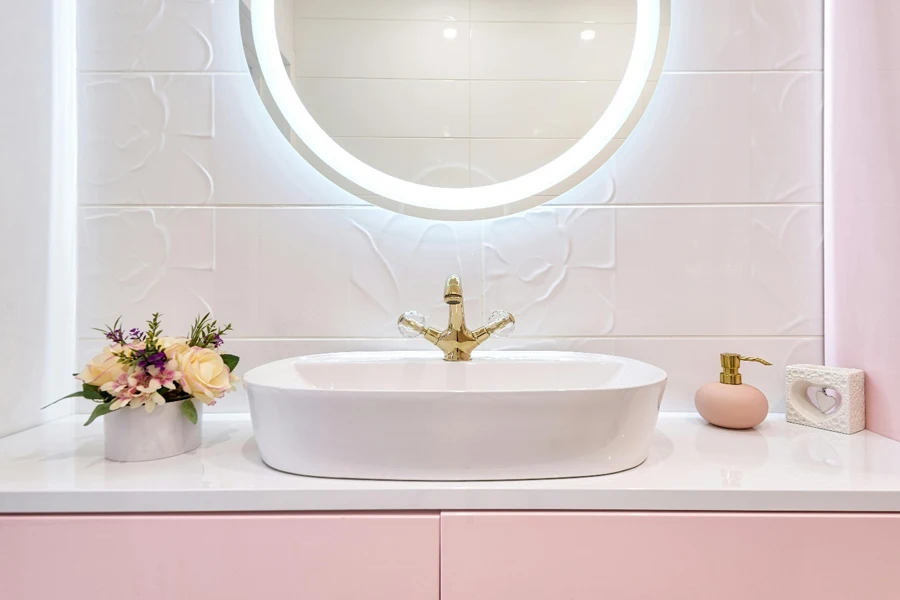
Decor mirrors are versatile and stylish additions to any home, offering both aesthetic and practical benefits. Understanding market trends, different types of mirrors, and key selection criteria helps in choosing the ideal mirrors to enhance living spaces. These mirrors not only elevate the decor but also provide functional value, reflecting personal style and meeting specific needs. By selecting the right mirrors, businesses can cater to the growing demand for innovative and good quality home decor products.
